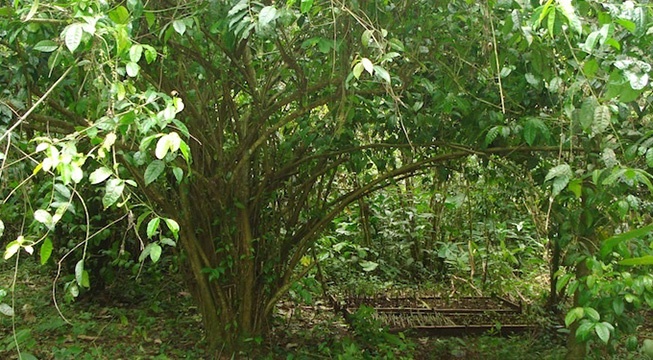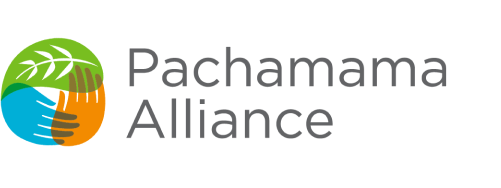 Image courtesy of I $ore9515 (CC).
Image courtesy of I $ore9515 (CC).
Guayusa (pronunced why-you-sa) is a plant found nearly exclusively in the Napo province of Ecuador, where the Amazon rainforest meets the Andes, that has a long standing tradition in some Indigenous cultures. Now, however, more and more people outside of South America are beginning to discover it, as companies like the Amazonian beverage company Runa export it to the rest of the world.
What Is Guayusa?
The guayusa plant is technically not a tea nor is it in the same family as green or black tea. Instead, it is part of the holly genus along with Yerba Mate. Like Yerba Mate, when guayusa leaves are dried, they can be added to hot water and turned into a caffeinated beverage with twice the amount of antioxidants as green tea.
For thousands of years, many Indigenous people of the Amazon region have used this drink for a variety of purposes and some call it the “night watchman” because it keeps them awake and alert when they hunt after dark.
It contains both caffeine, a stimulant, and L-theanine, a compound that causes relaxation. As a result, guayusa does not provoke the jittery or anxious side effects that often accompany other energy drinks but instead induces a steady amount of energy without a rush or crash.
Guayusa in Indigenous Cultures
A common ritual for many Indigenous people in this region of the Amazon is to begin their day calmly and peacefully at three or four in the morning. They slowly rise and build a fire over which they brew their guayusa.
The Achuar of the Amazon rainforest often begin their day by drinking guayusa together while sharing their dreams from the night before. The Achuar—and some other Indigenous peoples—believe that dreams are a second reality that reveal a lot about about a person's waking reality. If a person has a dream they don’t like, they have the opportunity to re-dream until they find it suitable. The Achuar also believe that a person can try again and attempt to rewrite their lives if they did something wrong or don’t like the direction their life is going.
During this early morning time, they also plan their day, often based off of their dreams. For example they sometimes use dreams as a way to predict if that day’s hunting expedition will be successful. This introspective, calm way that Achuar community members begin their day might inspire people in other parts of the world who start their day rushed and hurried into rethinking their morning routine.
Guyusa as a Sustainable Source of Income
The Kichwa word for describing how one feels after consuming guayusa is “runa” which translates to “fully alive.” This is where the Amazonian beverage company Runa gets its name.
Runa recently began buying guayusa from small family farms and selling it internationally, making it a global commodity and a means of sustainable income for some Indigenous people in the Amazon region. It grows naturally in the Amazon and thrives in the shade of other trees. This means that its production does not disrupt the ecosystem and that growing it discourages farmers from logging, an unsustainable industry that is currently a large source of income for many Indigenous people of this region.
Something that Runa prides itself with is that it is a hybrid organization—a for-profit company that pays farmers a fair wage and that also has a non-profit component to it called the Runa Foundation. The Runa Foundation puts 15% of every purchase into a social premium fund which the local Indigenous community then gets to use for projects they believe would benefit themselves the most.
